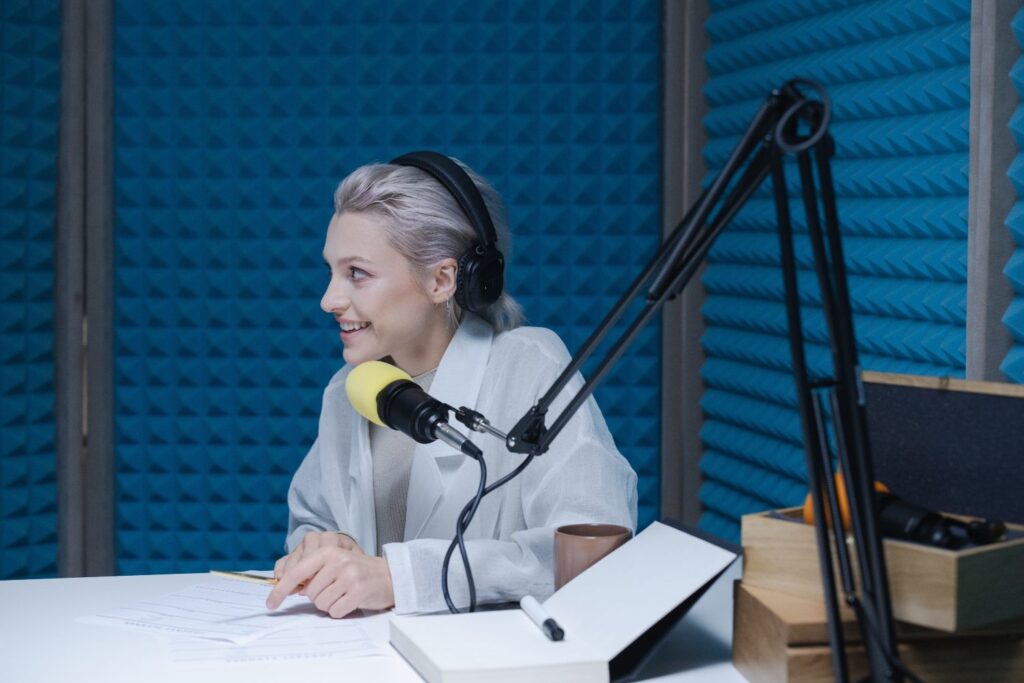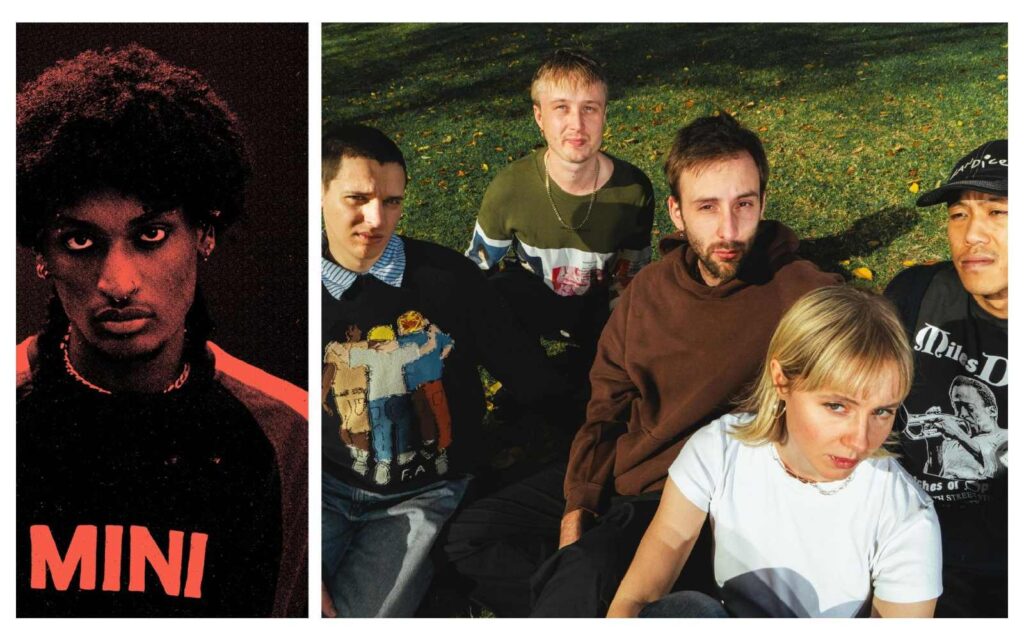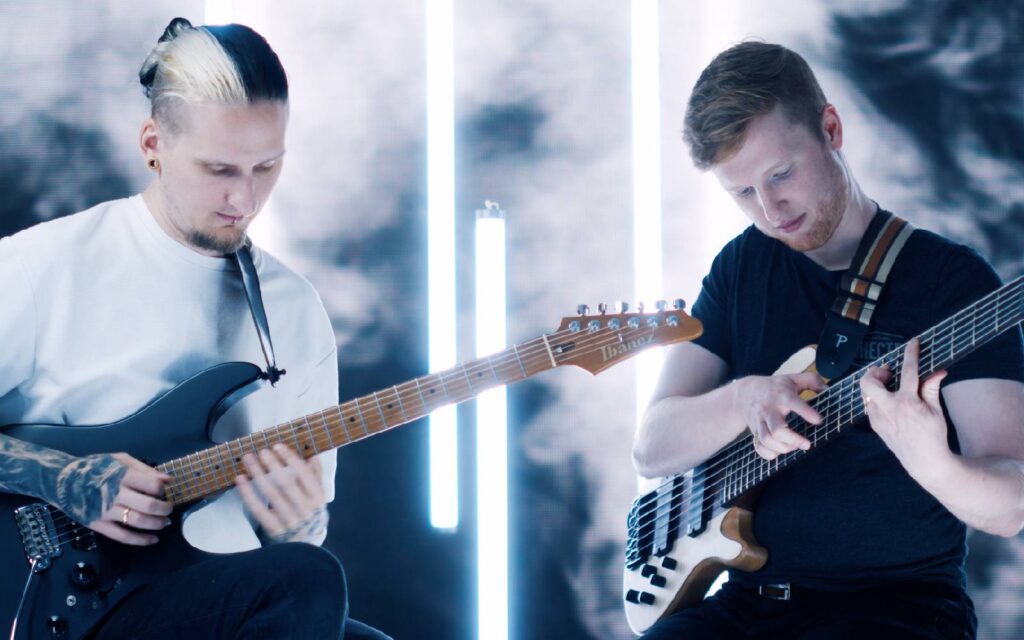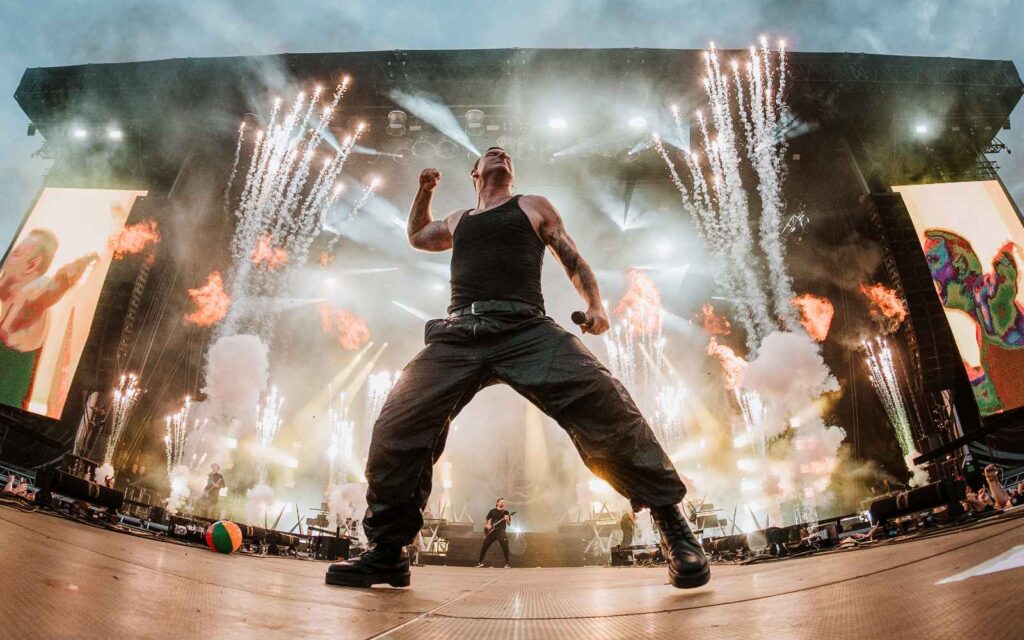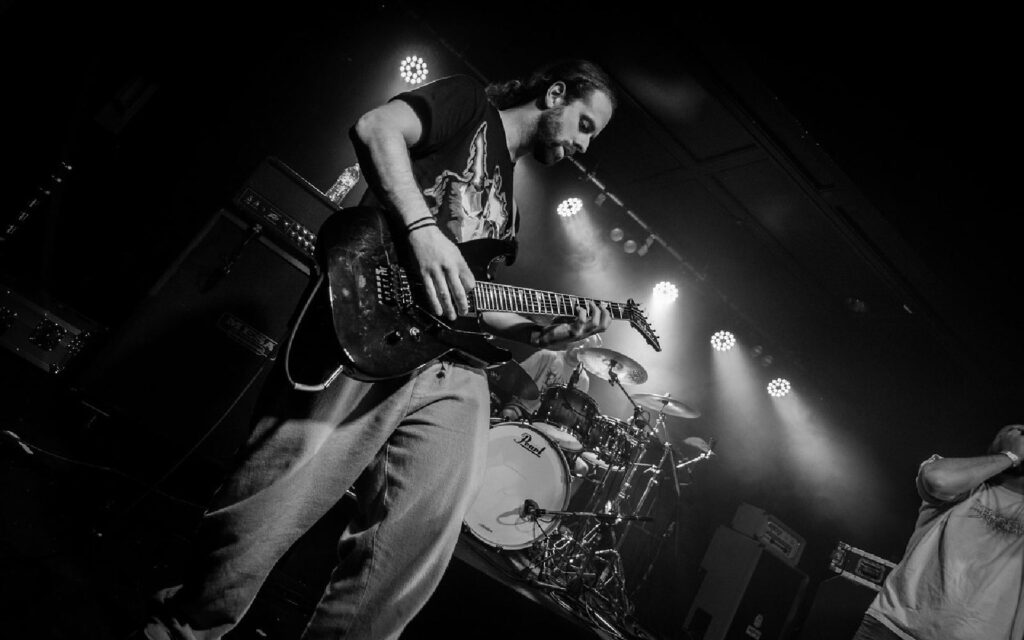With the release of their new single ‘Fever Dreams’, we caught up with the band to find out more about how they get by without a bass player, and all the tips and tricks they employ to make the most out of their humble axes.
1. Modify Your Guitar
Matt: In case you weren’t aware, we don’t have a bassist in our band. So, a huge part of our live sound is trying to recreate what we do in the studio with just two guitars. Sometimes it’s impossible, but we try to get as close as we possibly can. A big part of achieving this live, is my modified Fender Jaguar. It was made to be very similar to the guitars used by Scott Lucas from Local H: he’s the man who pioneered this setup.
Basically what you do is, you put a bass pickup into your guitar and situate it underneath the low E and the A strings, so it’s just getting the root notes of the chords you play. You then run that pickup to its own volume and jack, completely separated from the typical guitar pickups that are getting all of your strings. Now that you have two separate signals to work with, you treat one as a bass signal and one as a guitar signal. I personally run my bass line into a tuner (which I turn off and on to remove bass from certain sections live, then drop it back in), a POG (which is set a full octave down to sit in the same register as a standard bass) and a Sans Amp (which I use for a bit of grit/drive) then into a bass amp.
I honestly love this setup because it provides a more natural sounding separation of bass and guitar signals, rather than using an amp splitter like some bands do. If you use a splitter with an octave on your bass signal, you end up octaving all of your strings and can’t pull off chords as easily without them sounding pretty muddy and gross.
Thanks for the idea Scott and cheers to AJ Stubbs in Brisbane for working on my guitars for me. I couldn’t find a good non-gig environment photo of my guitar, so here’s a picture of Scott Lucas’ Strat.
2. Use Non-Guitar Gear
Pat: When I was growing up and listening to new bands, I got really into over-the-top and obscure use of guitar and effects. People like Omar Rodríguez-López from At The Drive-In/The Mars Volta and Matt Bellamy from Muse were really prominent around that time in music. The first time I saw video of Matt Bellamy using his pro model Manson guitars with a Kaoss Pad built into the body, I lost my mind. I brought a MicroKorg synth years ago, and part of the deal was a free Korg Mini Kaoss Pad. I spent a long time trying to work out how to attach it to my guitar in some way but didn’t really have the patience and forgot about it.
When I joined WALKEN I started using a switcher pedal like Matty so I could do the quick dynamic changes that WALKEN songs have, and I worked out how to put the Kaoss Pad into one of the loops. You can just make these ridiculous space noises, like laser beams and atmospheric distortion. It is just beautiful and ridiculous.
Matt: I love that thing so much. I’m sure loads of other people use it too, but the only other person who I specifically remember having a Kaoss Pad on their board was Russell from Bloc Party. Oh and speaking of that MicroKorg you bought, the synth sounds on our new single ‘Fever Dreams’ come from that thing, so cheers Patty for buying that!
3. Use Synth / Emulation Pedals
Pat: We use a lot of synth in post-production on some tracks, but because there is only three of us in the band you kind of have to work with what you’ve got. I have an Eventide H9 which is a crazy piece of technology. You just download different algorithms through an app and choose/build presents from them and save them to your device. I’ve got a bunch of synth emulators on there to play certain synth lines live, which is really weird and temperamental at first but really fun once you get used to it.
Matt: Another great range of emulation-style pedals is the EHX 9 Series. They’ve got some awesome pedals that create Organ, Bass and Synth sounds. My personal favourite is the Mel9, it’s a super cool pedal that nails certain Mellotron sounds. I’m pretty certain you can hear it at the start of Violent Soho’s song ‘Vacation Forever’ from their new album. They might’ve used an actual Mellotron on the record, but I know Boerdam definitely uses the Mel9 live.
4. Know How To Work Your Tone
Pat: The way I set up by board now is a bit inspired by Adam Jones from Tool. I watched an old Rig Rundown and his tech said he gets all his different range of tones from control of the volume on his guitar, so he just rolls off to get cleaner. This means his amps are always dirty and he just controls the clean-to-dirty movements in song by volume control and how aggressive he plays. I do the same thing now but with a volume pedal on my board. I run my whole clean signal pretty dirty anyways with the use of a weird preamp pedal, then I have an OCD clone pedal as my dirty tone, but I just roll off with the volume pedal to change the aggressiveness of the tone.
Matt: I don’t do any of that fancy pants volume pedal business, even though I’m pretty certain the volume pedal on Pat’s board is my old one. It’s not super unconventional, but it is a cool simple technique that allows you to explore middle grounds of your clean and drive sounds.
5. Experiment With Random Objects
Matt: This isn’t a practice we personally employ too much in our music, but it’s super fun nonetheless. Just tap some weird objects on your guitar, play your guitar with a ruler or an egg shaker or just scream into your pickups and chuck some pedals on. You might stumble across something awesome!
One of my favourite examples is the lead guitar hook in ‘Taro’ by Alt-J. The former lead guitarist Gwil plays this awesome middle eastern sounding hook by tapping a small role of tape on his guitar while he frets the note, it’s so cool!
You can check that out below at 38:51. Thanks for listening to our ramblings!!




